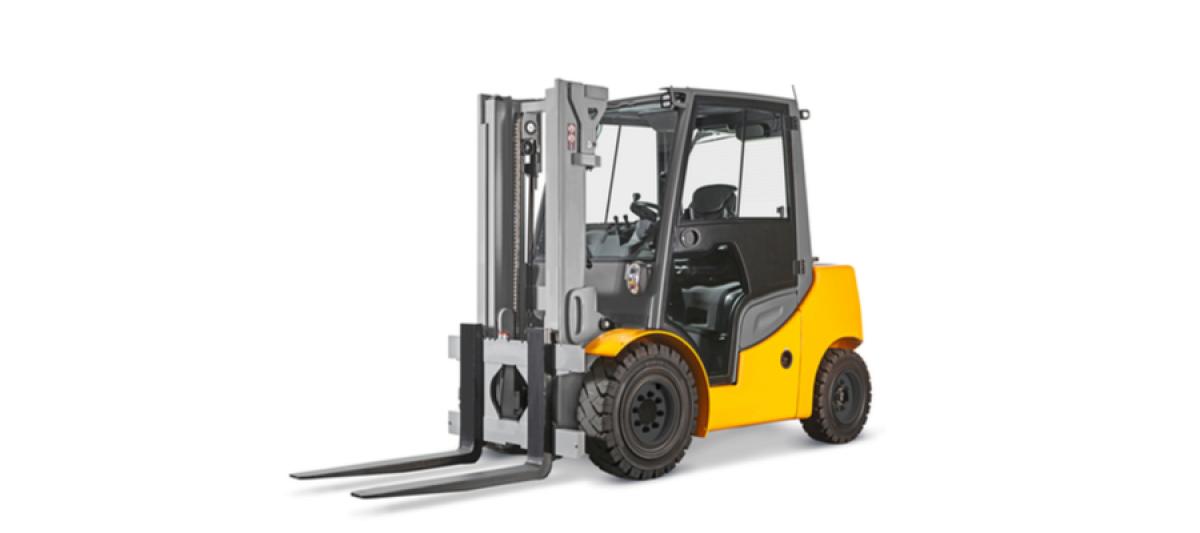
Forklift operators should always wear their seatbelts. Why? Analysis of forklift accidents reveals that the operators injured or killed often did not wear their seat belts. While forklift seat belts can’t prevent accidents, they can prevent serious injuries and save lives.
Forklift Seat Belts
Here are three real accident reports that tell the story:
-
An employee used a forklift to move waste material into a large, drive-in waste dumpster on the company’s outdoor loading dock. He’d just dumped a load and was backing out of the dumpster when he backed off the side of the loading dock, falling just under 4 feet to the pavement below. Since he wasn’t wearing a seat belt, he was thrown from the forklift and was crushed under the truck’s rollover protective structure (ROPS). He died nine days later.
- An employee was moving an unloaded forklift from the center of the street, where it had just been unloaded from the trailer, approximately 15 feet to the curb. The road was slick, and as the driver approached the curb area, the lift truck slid sideways on the crowned road. When the vehicle hit the curb, the forklift turned over sideways, ejecting the operator, whose head was subsequently crushed by the rollover protective structure (ROPS), killing him on the sidewalk. The employee was not wearing his forklift seatbelt for this short drive to park the lift truck.
- An employee was driving an unloaded lift truck down a ramp with a 13 percent grade when the forklift started to tip over. The operator attempted to jump clear, and the rollover protective structure (ROPS) landed on him and killed him. The employee was not wearing the supplied seat belt.
Why It Matters
- As with any other kind of vehicle accident, wearing a seat belt while operating a forklift can minimize injuries and save lives.
- The safest place for a forklift operator to be in the event of a rollover is strapped into his or her seat, protected by the ROPS.
- In case after case, investigations of forklift fatalities almost always list “Ensure that all workers wear seat belts on forklifts” as one of the recommendations for preventing future accidents.
Some common complaints from operators are that the seat belts are restricting, that it’s easy to forget to put the belt on when they have to get in and out of their forklift frequently, or it takes too much time to put the seatbelt on each time the operator gets into the cab. Remember that these are just excuses and not valid reasons for avoiding using the forklift seatbelt.
Best Practices
Best practices to follow for seatbelt use to protect your life while operating the vehicle:
- Company policy requires using a seatbelt anytime you are in the seat to drive the lift truck or operate the controls.
- Don't modify the seatbelt in any way to avoid their use or make them more comfortable. This includes tying knots in the belt to limit how far it can retract into the housing. Knotting the seatbelt can damage it and limit its ability to properly retract when the knot is removed.
- Don't use the seatbelt for other purposes such as holding the door shut on enclosed cab forklifts.
- Always check the full seatbelt function as part of your pre-shift inspection. If the seatbelt fails the inspection, red tag the lift truck and notifies your supervisor to get the vehicle repaired.
Remember, always wearing a properly functioning seatbelt while operating a forklift is your best safety measure during operation.
Together we can make work safe. Contact us today!
